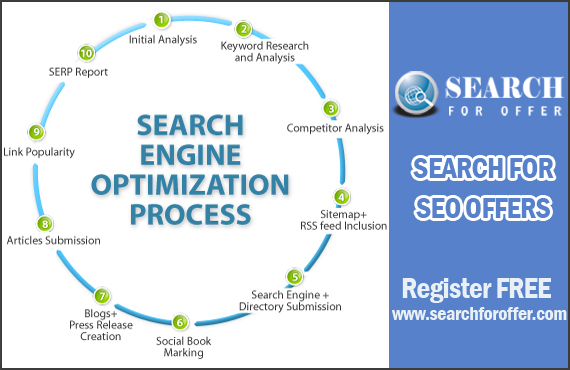
SEO, or search engine optimization, is a set of practices that help a website or blog to rank higher on search engine results pages (SERPs). It is an essential component of digital marketing, and when done right, it can help drive more traffic, increase engagement, and boost conversions. In this article, we will explore how SEO works in our blogs and how to optimize our articles for better search engine rankings.
Keyword Research
Keyword research is the foundation of any successful SEO strategy. It involves identifying the primary keywords and key phrases that our target audience is searching for on search engines like Google, Bing, and Yahoo. By doing so, we can optimize our content around these keywords and rank higher for specific search queries.
We can use tools like Google Keyword Planner, SEMrush, Ahrefs, and Moz to find out the search volume, competition level, and related keywords for a particular keyword. Once we have identified the relevant keywords, we can integrate them into our content in a natural way.
On-Page Optimization
On-page optimization refers to the process of optimizing the elements of our blog post or website pages that search engines use to understand what our content is about. These elements include the title tag, meta description, header tags, alt text, and content.
The title tag is the HTML tag that appears at the top of our browser window or as the clickable link on the search engine results page. It should be descriptive, unique, and include our primary keyword.
The meta description is the short summary that appears below the title tag on the search engine results page. It should be compelling and include our primary keyword.
Header tags (H1, H2, H3) are HTML tags that break up our content into distinct sections. They help search engines understand the structure and hierarchy of our content. We should include our primary keyword in the H1 tag and use H2 and H3 tags for subheadings.
Alt text is the description of an image that appears when the image cannot be displayed on a webpage. It is an opportunity to include our primary keyword and provide context for the image.
Content is the most critical element of SEO. We should create high-quality, informative, and engaging content that answers our audience’s search queries. We should include our primary keyword in the first paragraph, sprinkle it throughout the content, and use variations of the keyword to avoid keyword stuffing.
Off-Page Optimization
Off-page optimization refers to the actions we take outside of our website or blog to improve our search engine rankings. It includes link building, social media marketing, and brand reputation management.
Link building involves getting other websites to link to our website or blog. It helps search engines determine the relevance and authority of our content. We should focus on getting high-quality, relevant, and natural links from reputable websites.
Social media marketing involves promoting our content on social media platforms like Facebook, Twitter, LinkedIn, and Instagram. It helps increase our brand exposure, drive traffic, and improve engagement.
Brand reputation management involves monitoring and managing our online reputation. We should respond to customer feedback, reviews, and comments promptly and professionally to maintain a positive image.
Conclusion
SEO is an ongoing process that requires continuous effort and monitoring. By following the above steps, we can optimize our blog posts for better search engine rankings, drive more traffic, and increase engagement. We should also keep an eye on the ever-changing search engine algorithms and adjust our strategies accordingly. With patience, persistence, and a solid SEO strategy, we can achieve our digital marketing goals and build a successful online presence.
